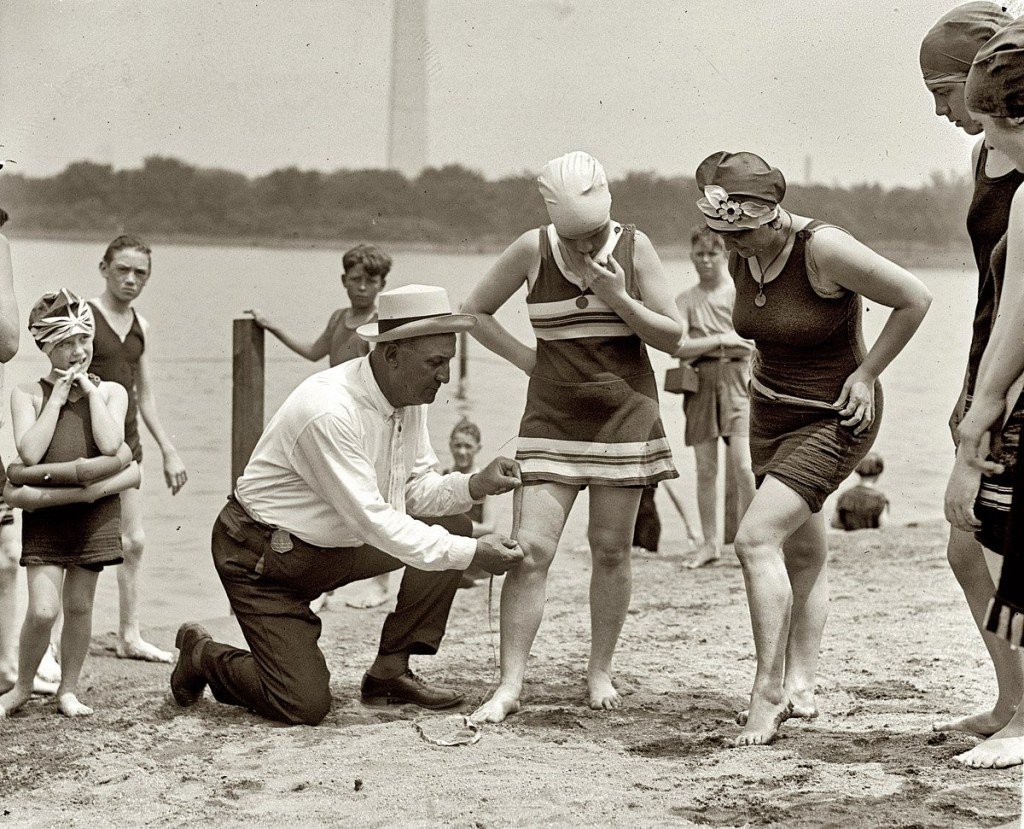Personal style? Think again.
Text: Iliana Deligiorgi
Today fashion laws do not apply almost nowhere. It’s not ‘a thing’ anymore. Or actually, maybe it is, but we are calling it ‘dress code’ now. The latest ‘dress code’ fuss? Rumour has it that if you are a woman and you are attending Cannes Film Festival, you are not permitted to wear a pair of flats. Apparently, flat shoes aren’t ‘formalwear’ anymore, even if a woman has to opt for flats due to medical conditions or she just wants to feel comfortable in herself, attending a film festival without heels. It turns out that maybe fashion laws apply today after all, right? It’s just that we are addressing the using the phrase ‘it is suggested’ instead of ‘it is compulsory’.
On the occasion of the Cannes Film Festival incident, lets take a look at some unforgettable fashion laws or dressing restrictions since the ancient times…
A. Back in the 6th century B.C., Solon, the Athenian lawmaker, didn’t allow women to wear more than three separate garments when in public
B. While women that were considered Roman citizens could wear the garment known as stola, women that were accused of adultery or common prostitutes were not permitted to make this choice of womenswear.
C. For the English Parliament of the 15th century, it was unacceptable for men to wear coats or gowns that left their “privy members and buttocks” exposed.
D. Queen Elizabeth I was all about sumptuary laws. In 16th-century England, ruffs were used for social ranking. Starched ruffs were for nobles only and social rank was defined by the size of the ruff. As for the people from Ireland, according to the will of the Queen, they had to abandon their native Irish dressing and adopt a modern English style.
E. Chastity belts, of course. It didn’t matter if they could would cause medical problem to women that couldn’t clean themselves. Wives that were alone for a long time, because their husbands were at war or at the castle had to wear them.
F. By the end of the 18th century, women in Paris, France were finally allowed to wear trousers. However, to do so they had to have a special permission provided to them by the police.
G. In the 1920’s and as swimming became all the more popular among women, the female swimmers that didn’t wear elaborated bathing costumes with skirts and chose more revealing swimwear were often arrested for too much ‘skin exposure’.
H. For people living in Thailand, it was forbidden to go out of the house without having first made sure you’re wearing underwear.
Do you know any other interesting sumptuary laws for clothing?



















